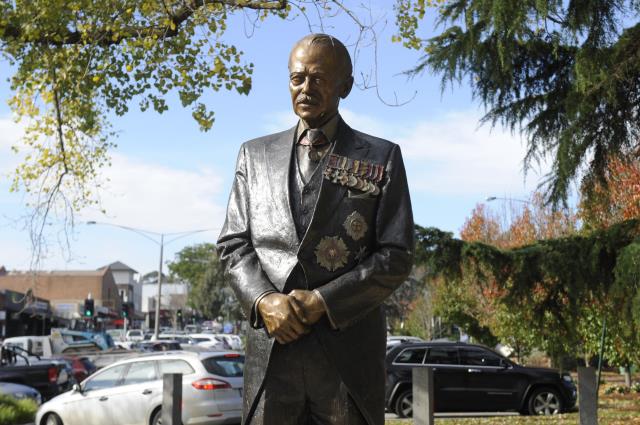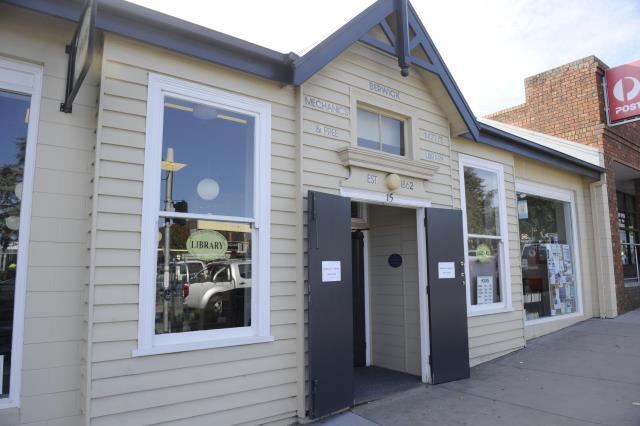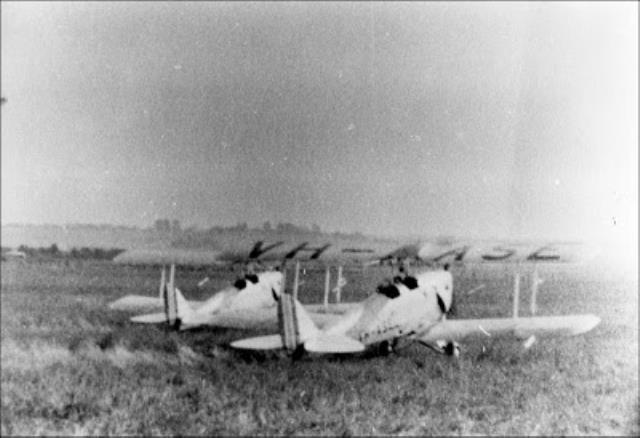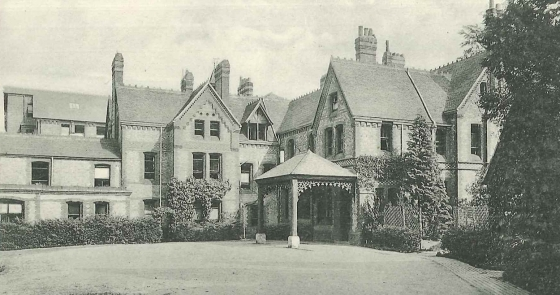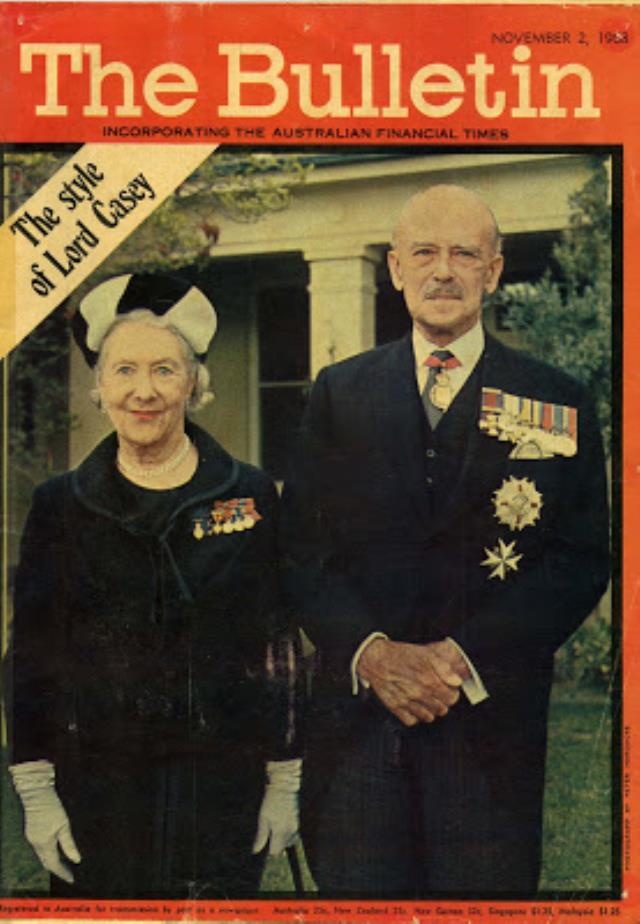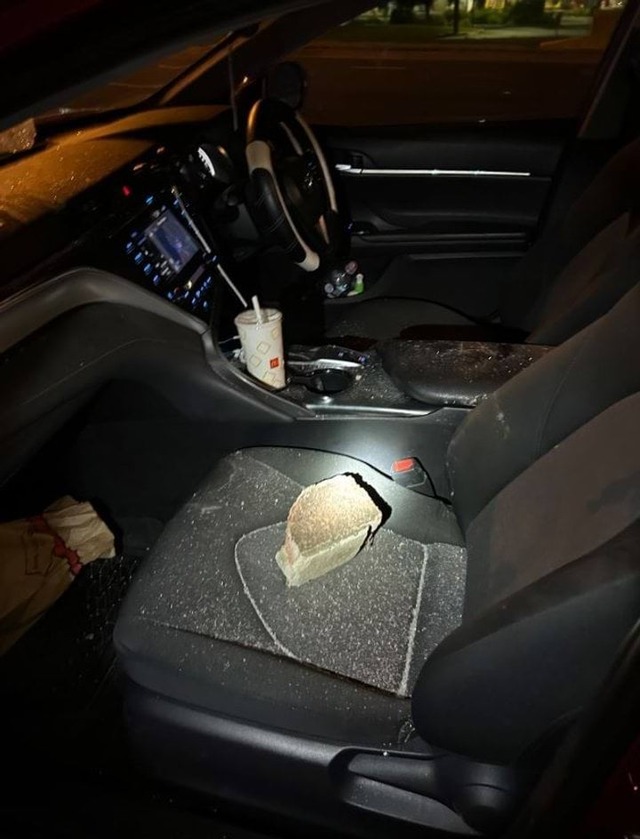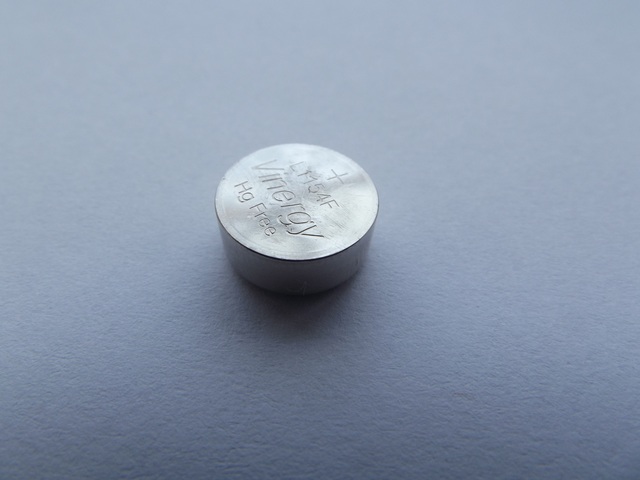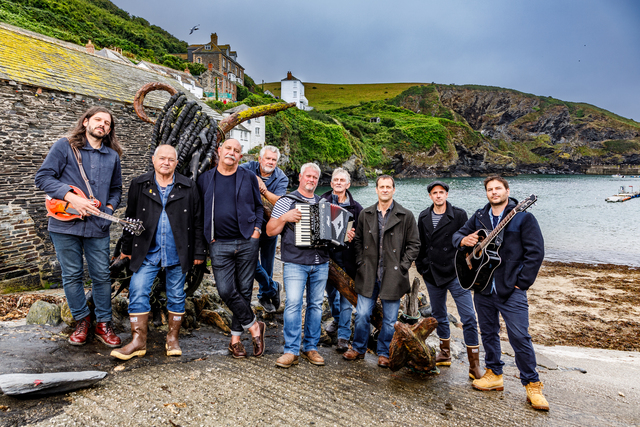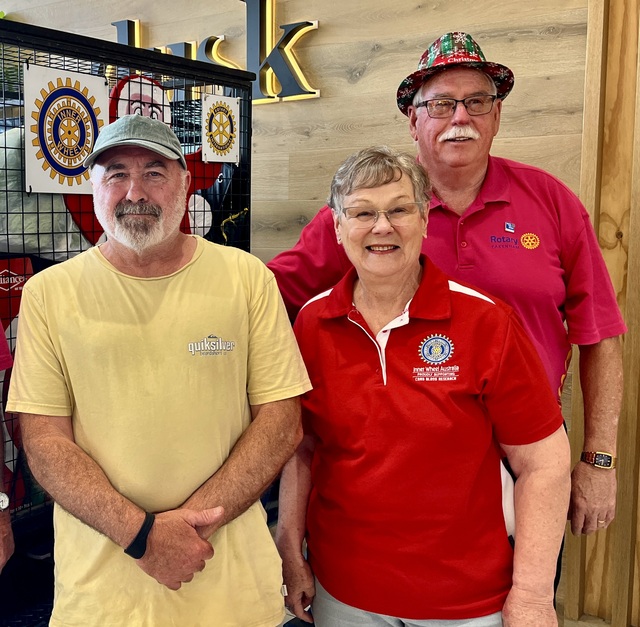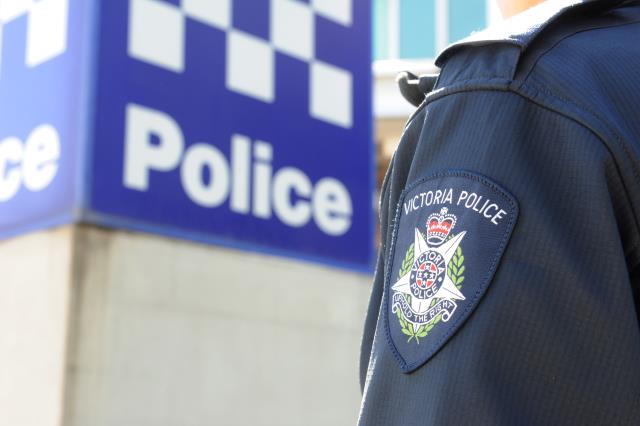PRECEDE
Better known as Lady Casey, pre-eminent Berwick citizen Maie Casey (nee Sumner) lends her name to a thoroughfare in Berwick. NEIL LUCAS investigates the Maie’s fascinating life mixing with the rich and famous in his latest look at the significance of place and street names in the region.
Sumner Court, Berwick
This court is located in the Edrington Estate at Berwick and takes its name from Baroness Casey, whose full maiden name was Ethel Marian (Maie) Sumner Ryan.
Maie as she was known to all, was born in 1891, daughter of Sir Charles Ryan, a surgeon, and Alice (Lady Ryan) whose maiden surname was Sumner.
Maie in her early years lived in a residence adjacent to her father’s surgery at the top end of Collins Street Melbourne and was schooled at home until the age of 15 years when she was sent to England to attend the St George’s School in Ascot as a boarder, followed by finishing school in Paris, after which she returned to Melbourne.
On one memorable night in Paris Maie, with some other girls went to the Opera House and sat high up “with the gods” to hear Dame Nellie Melba singing in the opera Rigoletto. This experience commenced Maie’s lasting admiration of the great soprano whom she later came to know personally.
When Maie’s wish to attend university was refused by her father, she returned to England and joined the Voluntary Aid Detachment as a nurse during World War I, where she worked at a hospital for wounded officers.
During this time Maie met her future husband Richard Casey, who was working in England as Australia’s liaison officer to the British Government. Richard had served in the Australian Army at Gallipoli and on the Western Front rising to the rank of Major.
Maie’s brother Rupert, who was nine years older, had completed his education in England at Harrow School and at the Royal Military Academy at Woolwich. Following service in the Royal Artillery in the First World War, Rupert rose to the rank of Lt Colonel and was appointed Chief of Staff to the Military Governor of Cologne in Germany at the end of the war.
Maie joined her brother in Cologne to assist him as hostess and support.
Back in London in 1924 Maie met up again with Richard Casey and their relationship deepened. They were married at St James Parish Church, Westminster on 24 June 1926.
The Casey’s produced two children, a daughter Jane born in England in 1928, and a few years later, just after they had arrived back in Melbourne, a son Donn in 1931.
Whilst living in London Maie had pursued her interest in the arts and attended the Westminster School of Art participating in painting classes.
This interest remained with her for the rest of her life. In her childhood Maie had been influenced by many artistic people including her aunty Ellis Rowan an artist particularly known for her botanical illustrations.
A number of Ellis Rowan’s works, on silk, are on display on the mezzanine level at the Berwick Mechanics Institute Library in High Street Berwick, having been gifted to the library following Maie’s death.
Richard Casey was elected to the Federal Parliament in December 1931 and quickly rose in the parliamentary ranks being appointed as Treasurer in 1935.
In that capacity Richard and Maie travelled to England for the Coronation of King George VI in 1937.
Whilst in England they had the opportunity to fly and became great enthusiasts for that mode of transport – so much so, that they both took lessons in flying on their return, obtained their licences, and purchased a Gull aeroplane which they flew out of a rudimentary airfield constructed on their property (now the site of the Berwick university campus).
Maie’s life was lived in various countries as she accompanied her husband to various postings.
1940-42 saw the Casey’s living in Washington where Richard served as the Australian Ambassador, 1943-45 included a posting in London and Cairo as a member of the War Cabinet, 1944-46 in Bengal, India where Richard served as Governor, and then Canberra from 1965-69 during Richard’s time as Governor-General.
In Cairo British Prime Minister Winston Churchill stayed with the Casey’s during his visit in 1943.
In these various positions Richard and Maie met and became acquainted with some interesting and important people – not at all daunting, as throughout their early lives they had both mixed with people of rank and privilege.
In Egypt, Maie enjoyed friendly relationships with Winston Churchill, Field-Marshall Lord Montgomery, and future Prime Minister Harold McMillan.
In Bengal, Maie formed friendships with the father of Indian independence Mahatma Gandhi, future Indian Prime Minister Jawaharlal Nehru and Edwina Mountbatten, wife of the last Viceroy of India Lord Mountbatten.
The Mountbattens visited the Caseys at Edrington Berwick on two occasions following the end of World War II and in 1956 they entertained the former Queen of Siam, Princess Rambhai Barni and members of the Thailand Royal Party at lunch.
In the arts world, both visual and performing, Maie maintained friendships with artists, the Lindsays, Sydney Nolan; actors, writers and singers, Katherine Hepburn, Dame Nellie Melba, Cecil Beaton and Patrick White.
Maie authored a number of books. One work was entitled Rare Encounters and records Maie’s happy times with Edwina Mountbatten, Dame Nellie Melba, her husband’s mother referred to as Mrs R G Casey, and Field-Marshall Montgomery.
Other literary works produced by Maie included two autobiographical books – a history of her family and an account of her early married life.
Maie wrote verse and also a libretto. She continued with her art throughout her life and was made a Fellow of the Royal Society of Arts and had a long association with the Museum of Modern Art in New York.
When Richard Casey was made a life Peer of the United Kingdom, Maie became Baroness Casey although in Berwick she was referred to as Lady Casey.
When Lord Casey retired from the position of Governor-General of Australia, the Caseys spent more time at Edrington but also purchased a house for convenience in East Melbourne.
Interestingly the house had been built by immigrant colonial landscape artist Eugene von Guerard.
Both Richard and Maie Casey were strong supporters of the Berwick Mechanics Institute Library. In 1978 Maie made known to the library committee that it was her desire to donate the library of Lord Casey to it but indicated that this gift was conditional on the collection being properly housed. To facilitate her proposed donation, in the following year, Maie donated $50,000 towards the establishment of a new library building.
This was arranged by the local Council and a new library subsequently constructed on the existing site plus the adjacent allotment, thus doubling the size of the library.
The new building was opened in August 1982 and proudly conserves “The Casey Collection”.
Maie Casey lived at Edrington for her last years. In the Australia Day Honours List in 1982 Maie’s appointment as a Companion of the Order of Australia was announced “in recognition of service to the community, art and literature.”
Baroness Casey died at Berwick in January 1983, aged 90.


